Common toadflax or snapdragon
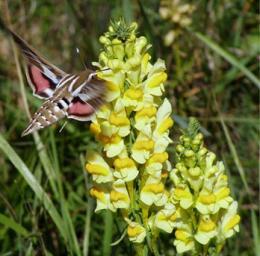
Common toadflax many of us are better known as snapdragon. Flaxgrass is not a rare plant; it can often be seen in fields, in ravines, ditches, and along roads.
Snapdragon is quite tall: the stems reach 30-80 cm in height, and sometimes higher. Toadflax flowers are collected in racemes, usually yellowish in color with a characteristic dark yellow or orange spot on the lip. Flowering begins in summer and continues until autumn. Flowers have a specific smell that is difficult to confuse with the smell of another flower.
Due to the fact that the root system of toadflax is taprooted with creeping shoots, it most often grows in groups. It is worth noting the fact that snapdragon refers to poisonous plants.
Despite its toxicity, toadflax contains a lot of useful substances, which makes it a medicinal plant widely used in folk medicine.
The plant contains organic acids such as formic, acetic, malic. Rich in tannins, microelements and vitamins.
Preparations with anti-inflammatory, wound-healing, diaphoretic, laxative, diuretic, analgesic, anthelmintic, antifungal and other properties are made on the basis of toadflax.
To prepare the raw materials, use the upper part of the plant and flower brushes. Ointments, infusions, decoctions, extracts are prepared on the basis of flaxseed, or a fresh plant, crushed to a pulp, is used.
This paste is good for skin diseases and inflammatory processes in the joints.Snapdragon juice is added to baths for children with skin rashes. Flaxseed is also known as a remedy for treating prostatitis and increasing potency.

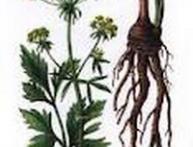
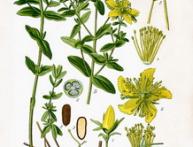
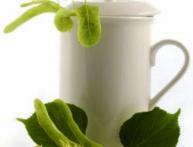

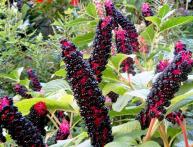
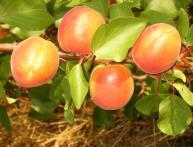
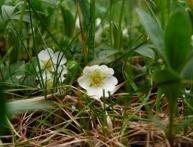
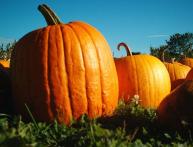
Comments
Hawkmoth touched me more =)